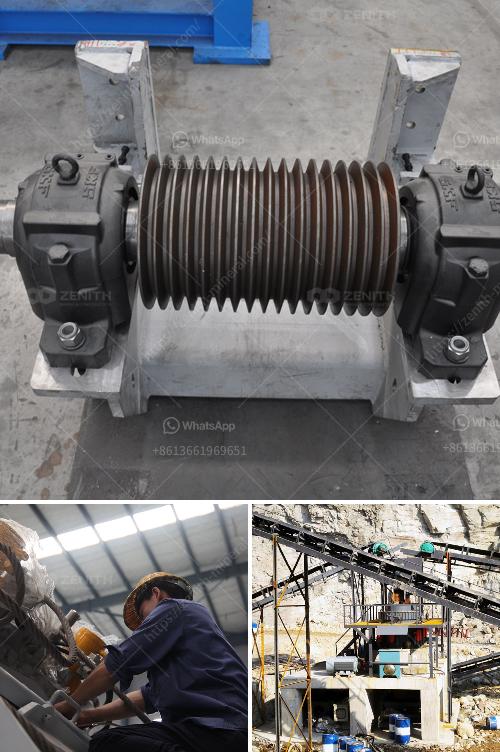Dolomite is a type of mineral that is composed of calcium magnesium carbonate, with the chemical formula CaMg(CO₃)₂. It is named after the French mineralogist Déodat Gratet de Dolomieu, who first described the mineral in 1791. Dolomite is found in sedimentary basins worldwide and is often associated with limestone and other carbonate rocks. It can form through a process called dolomitization, where limestone is altered by magnesium-rich water.
Characteristics of Dolomite
- Appearance: Dolomite typically appears as a white, gray, or pink mineral. It can also be found in other colors depending on the impurities present.
- Crystal Structure: It has a trigonal-rhombohedral crystal structure.
- Hardness: On the Mohs scale of mineral hardness, dolomite ranks between 3.5 and 4.
- Luster: It has a vitreous to pearly luster.
- Cleavage: Dolomite has perfect cleavage in three directions.
Making Dolomite Powder
Dolomite powder is made by crushing and grinding dolomite rock into a fine powder. The process involves several steps:
- Extraction: Dolomite rock is extracted from quarries or mines.
- Crushing: The extracted rock is crushed into smaller pieces using crushers.
- Grinding: The crushed dolomite is then ground into a fine powder using grinding mills.
- Screening: The ground powder is screened to ensure it meets the desired fineness.
- Packaging: The final dolomite powder is packaged for distribution and use.
Uses of Dolomite Powder
Dolomite powder has a wide range of applications across various industries:
- Agriculture: Dolomite powder is used as a soil conditioner and fertilizer. It helps to neutralize soil acidity, provides essential nutrients like calcium and magnesium, and improves soil structure.
- Construction: It is used as an aggregate in concrete and asphalt mixtures. Dolomite powder can also be used as a filler in various construction materials.
- Glass and Ceramics: In the glass and ceramics industry, dolomite powder is used as a source of magnesium and calcium. It helps to improve the properties of the final products.
- Steel Industry: Dolomite is used as a flux in the production of steel. It helps to remove impurities and improve the quality of the steel.
- Paints and Coatings: Dolomite powder is used as a filler and extender in paints and coatings. It enhances the durability and performance of the coatings.
- Pharmaceuticals: In the pharmaceutical industry, dolomite powder is used as a source of magnesium and calcium in dietary supplements and medications.
- Environmental Applications: Dolomite powder is used in water treatment processes to neutralize acidic water and remove impurities.
Conclusion
Dolomite is a versatile mineral with a wide range of applications. Its powder form is particularly useful in agriculture, construction, glass and ceramics, steel production, paints and coatings, pharmaceuticals, and environmental applications. The process of making dolomite powder involves extraction, crushing, grinding, screening, and packaging. Understanding the properties and uses of dolomite can help in utilizing this mineral effectively in various industries.

